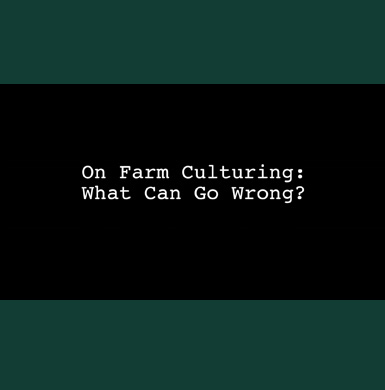Treatment Decisions for Clinical Mastitis: Will Antibiotics Help the Cow?
In Part 1, we learn which mastitis-causing bacteria responds to antibiotics and which do not. The difficulty is finding these cases in your herd. On-farm culturing is one method we use to select the cases that would benefit from such treatment.
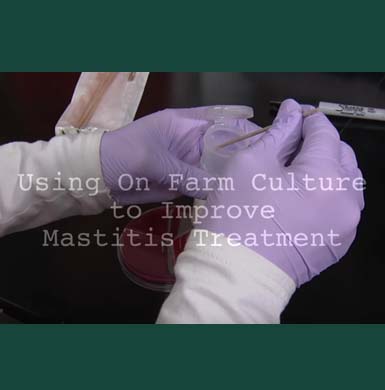
Treatment Decisions for Clinical Mastitis: Using Cultures to Make Selective Treatment Decisions
In Part 2, we learn the basics of selective treatment for mastitis. We want to base our treatment decision for mastitis on having a diagnosis of what type of bacteria is responsible for that infection. The use of on farm culturing is just one part of implementing selective treatment protocols.
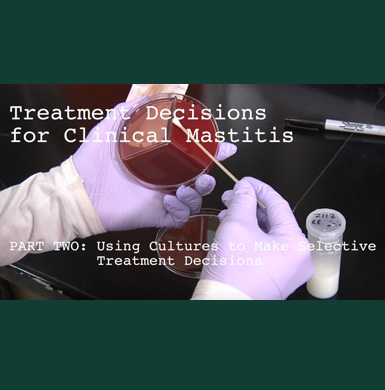
How to Set Up Culture Plates
In the previous episode, we learned how to collect aseptic milk samples in the milking parlor. In this episode, we move into the laboratory to learn how to inoculate and incubate culture plates using those milk samples.
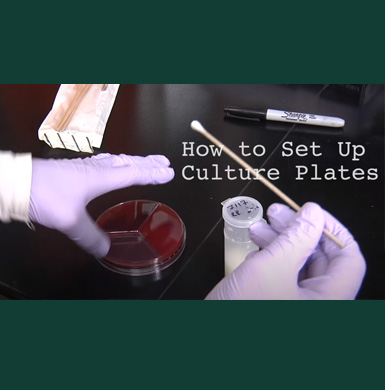
Selecting Culture Media
There are several choices of plate media that can be used to culture bacteria. The plates you choose will depend on the treatment decisions you are making, as well as the availability of plates in your area. Dr. Pamela Ruegg will discuss bi-, tri-, and quad-plates and the different media to select, depending on which bacteria you are testing for in your on-farm culture laboratory.

Mastitis Severity Scoring
Before culturing individual cows, it is important to determine if they are eligible for delayed treatment. Some cows are too ill, and therapy should be initiated immediately. These cows are not good candidates for culturing, since the culture results would take too long to use in treatment decision-making. To help distinguish these cows from cows that would benefit from culturing, a scoring system—the Mastitis Severity Score—has been developed. Dr. Pamela Ruegg outlines how to score cows for mastitis using the severity scoring system. Identifying mastitis early is important so that culturing can be performed and informed treatment decisions made.
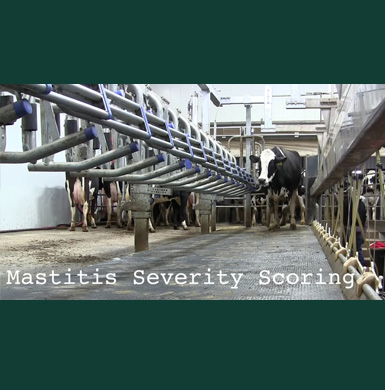
How to Collect an Aseptic Milk Sample
The entire process of performing on -farm culturing is absolutely dependent on how well the milk sample was collected. If this step is not performed correctly, then the rest of the process will be meaningless. In this episode, Dr. Pamela Ruegg takes us through, step-by-step, the right way to collect a milk sample. Following this aseptic technique will decrease the number of cultures that are contaminated, which will allow you to isolate true mastitis pathogens more consistently.
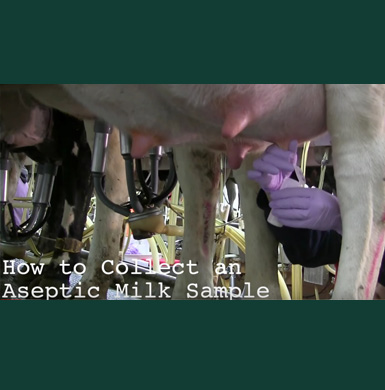
How to Read Culture Plates
Remember, culturing lets us reduce antibiotic use and costs by targeting responsive infections. When we culture on farm, it provides us faster results to guide selection of appropriate treatments. However, we need to know a little about culture counts and reading the culture plates first. In this episode, Dr. Pamela Ruegg discusses how to determine if culture growth seen on plates is likely from a mastitis infection or perhaps another cause: contamination. Ruegg then guides us through the "thumb rules" of how to interpret culture counts.
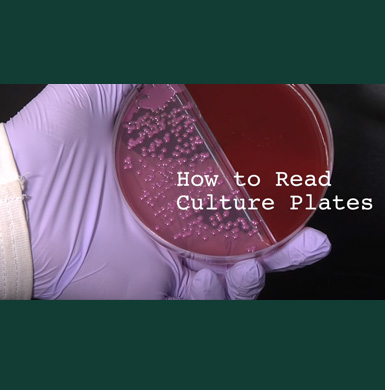
How to Set Up Your On Farm Laboratory
On farm culture systems require a designated workspace. Dr. Pamela Ruegg takes us through the checklist of setting up an on farm laboratory for successful culturing.
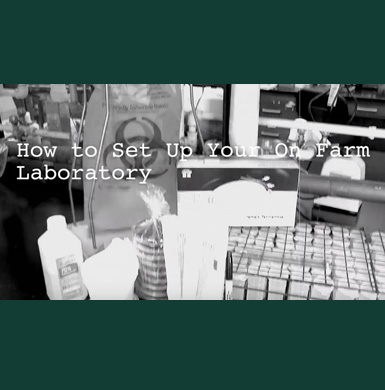
How to Identify Staphylococcus Species Using Selective Agars
Determining the cause of mastitis is important because not all cases of mastitis benefit from antibiotic therapy. For instance, Gram positive bacteria, such as Staph aureus and coagulase negative behave differently in the cow and have different responses to therapy. Being able to identify between the two can help us make appropriate treatment decisions for managing mastitis in our herds. One way to do that is through on farm culturing. In this episode, Dr. Pamela Ruegg teaches us how to identify Staphylococcus species on our cultured media plates, whether we use bi-, tri- or quad plates.
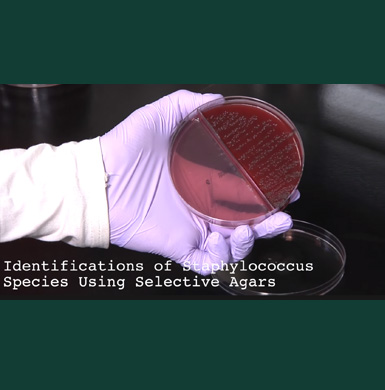
How to Identify Streptococcus Species Using Selective Agar
Streptococcus species are a common cause of mastitis and frequently associated with high somatic cell counts, and in some cases clinical mastitis. Streptococci are gram positive organisms that also grow in the environment. In this episode, Dr. Pamela Ruegg demonstrates how to identify Strep on a biplate, triplate and quad plate, and discusses the significance of growth on Factor, blood agar and MTKT media.
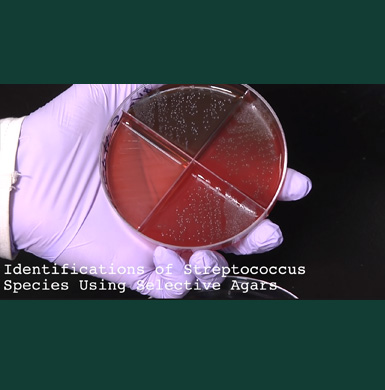
How to Identify Gram Negative Species
Gram negative organisms cannot be differentiated at the genus level (such as E. coli, Klebsiella or Enterobacter) on the agar plates used in on-farm cultures. However, they can be identified as lactose negative or lactose positive by what color they ferment lactose in MacConkey agar. In this episode, Dr. Pamela Ruegg explains what this means and discusses treatment options for a gram negative infection. Hint: gram negative infections often resolve on their own. Therefore, it is not always necessary to treat with antibiotics. Remember, it is always advisable to consult your local veterinarian when making these decisions.
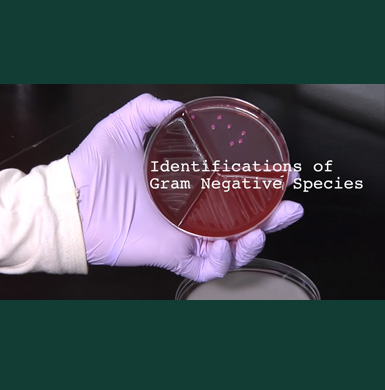
On Farm Culturing: What Can Go Wrong?
Dr. Pamela Ruegg concludes the series "Using On Farm Culture to Improve Mastitis Treatment" with this episode about the most common problems for on-farm culture labs. Contamination during sample collection, handling or plating; failure to use quality control lab processes; and over-interpretation of bacterial growth, to name just a few. The value of any diagnostic test is based on the economic value of the intervention you make. If you do not use the culture results to make treatment or management decisions, the value of culturing is lost.
